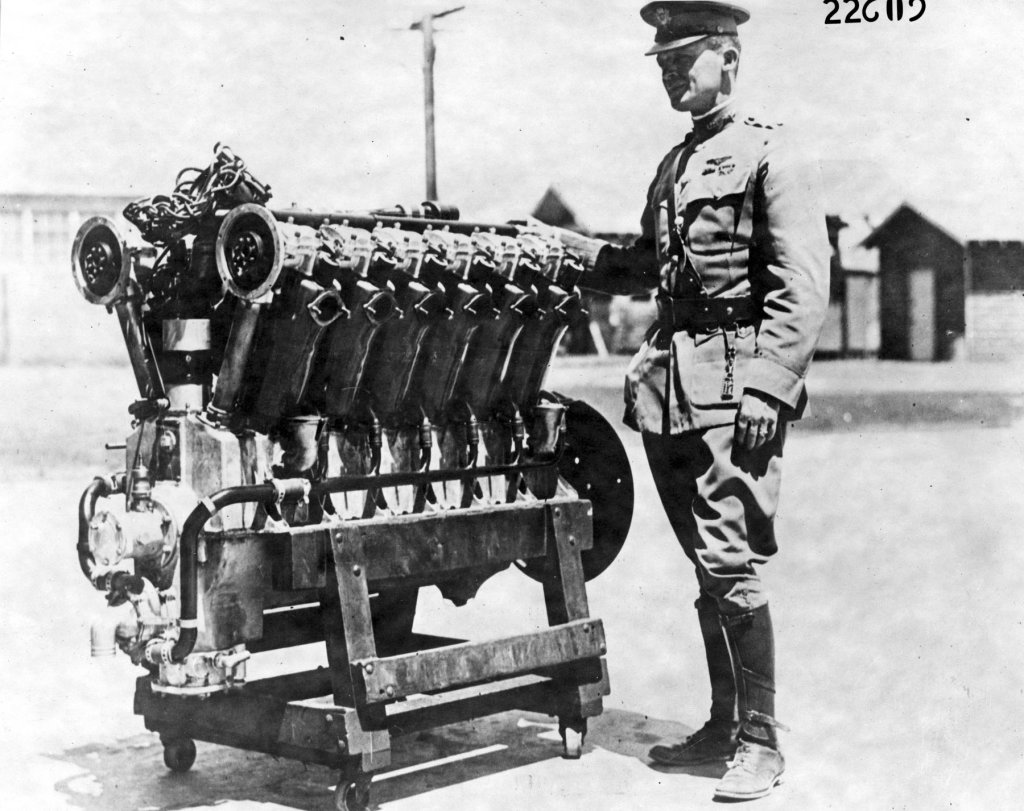Going into World War I, the U.S. was an isolationist nation and not a major military power. But the United States still stood out during the war for one reason: the American system of manufacturing. The U.S. introduced a new system of mass production and on top of that, utilizing interchangeable parts.
This put the U.S. in a position to manufacture much-needed products, often war-related items. In fact, the U.S. entered World War I long before physically entering it by way of industry. The industrial contribution had the country sitting pretty from an economic standpoint thanks to all the orders for military goods, raw materials, and products unrelated to war as well from Europe.
Say Goodbye to Hand-Made
Michigan’s industrial contribution during World War I was particularly significant. For example, after the U.S. entered the war, the government contracted Henry Ford, one of the fathers of modern industry, to build Eagle Boats at the Ford Motor Company’s River Rouge factory in Dearborn, Michigan. These were anti-submarine patrol boats, the first-ever warships built on an assembly line. Lots of naysayers were skeptical that these boats would actually work in the ocean, but they were mistaken. With this, Ford proved that big war equipment like warships was mass-producible using an assembly line.
The Difference with Mass Production Was No Joke
Michigan industry also greatly contributed to aviation during World War I. Companies in Grand Rapids also moved from making furniture to making aircraft and propellers. Fisher Body in Detroit was one of three American companies enlisted to produce U.S. aircraft for the war. They helped build the 4,846 DH-4 aircraft, the only U.S.-built plane that entered the war. They built all those planes within 18 months, an amazing feat at the time. By comparison, England only made 1,449 DH-4’s throughout the entire war. It just went to show that mass production really worked.
That Time When the US Changed the Engine Industry Forever
Engine quality was lacking in World War I war machines throughout Europe. There were so many kinds of engines floating around that it was hard to keep track of. To fix the problem, the Europeans decided to outsource engine-making to the U.S. What a great decision that was, seeing that the U.S. system revolutionized the industry. Instead of having all these different engines to deal with, the U.S. made one, standardized engine right out of Detroit called the Liberty engine. It was a family of engines with interchangeable parts they came up with from scratch in the span of three months in 1917. Wow.
Michigan Industry for the Win
And that’s not all. Michigan industry-built gun parts, ammunition, and war motor vehicles. One example was a gun part called the recuperator. While the French were hand-making about one of these babies per week, the US was making 17 per day. Talk about an effective system.
Mass production really did work, which the U.S., and Michigan specifically, proved over and over again. It’s no wonder the Europeans came in to inspect what the U.S. was doing in terms of industry when the war was over.

Read more on WATM:


